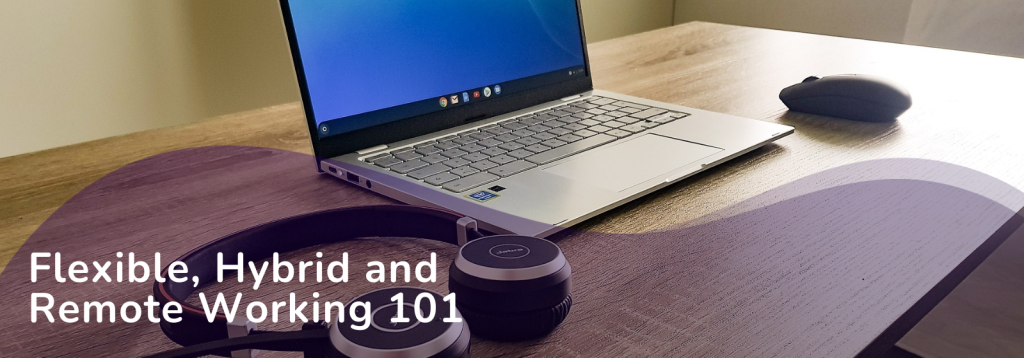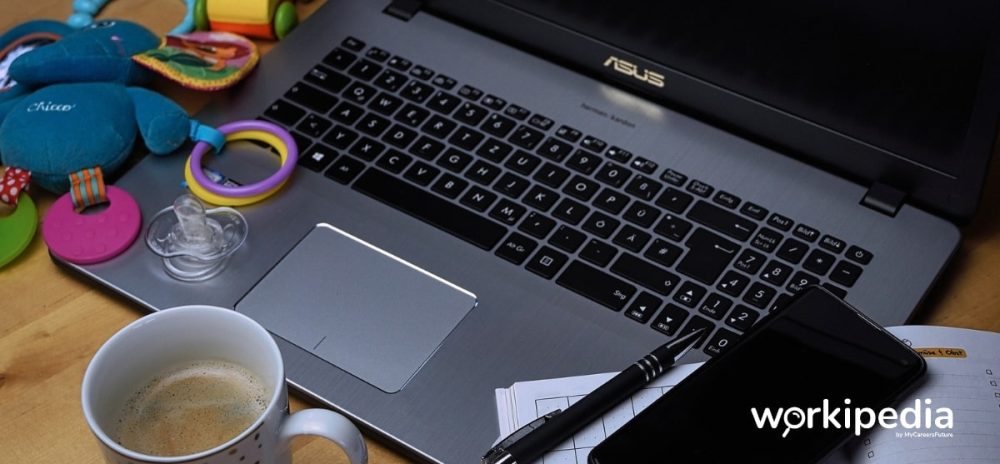Both sides of the employment fence, from employers to workers, had to figure out what the future of work is after the pandemic.
But it was clear that the status quo from before Covid-19 was not likely to continue.
Minister of State in the Manpower Ministry (MOM) Gan Siow Huang shared in late 2020 that both sides should adopt a “flexible mindset” on a four-day work week, though that may work for some employers and employees but not others.
“A four-day work week is one of many types of flexible work arrangements. The ministry, together with our tripartite partners, strongly encourages employers and employees to be open to flexible work arrangements in all its various forms, to identify and adopt those that best suit their unique business needs and their workers’ needs,” Ms Gan said during a session in Parliament.
Remote-work vacancies have dropped
These remarks proved prescient, with hybrid and remote working showing evolving trends in the post-pandemic period.
Compared to 2021, recent reports by the Ministry of Manpower showed that there were fewer remote work vacancies in 2022, with remote work job openings dropping to 21% of the total number of roles available in 2022, compared to 31% previously.
This was regarded as due to a normalisation of remote work trends as more work activities returned to offices in 2022.
However, there has been some tug-and-pull against this trend by jobseekers.
Betul Genc, the senior vice-president and head of ASEAN for human resource solutions and consulting company Adecco, shared: “Post-pandemic, hybrid work seems to have become one of the key expectations for jobseekers.
“In a recent global study by The Adecco Group, we found that while salary has been an effective recruitment tool in recent years, employees no longer stay just for the salary.
“In the same study, almost half of Gen Z (47%) work a four-day week, compared to only 18% of Baby Boomers.
“Of those, 32% of all employees who are currently on a four-day week, over half (51%) took a wage cut to do so.
In Betul’s opinion, younger generations of jobseekers could be increasingly rebelling against ‘greedy jobs’, or jobs that requires workers to relinquish control over work hours, often leading them to work more than the average worker or at odd hours.
“The additional reasons for employees to commit to an employer include a strong company culture that offers a good work-life balance, fruitful relationships with colleagues and carefully crafted development opportunities”, she added.
Hybrid working is still being experimented on, but becoming more inclusive
The approaches to hybrid working in recent years have also been varied, depending on employer and the varying sectors.
Oganisations have tried various flexible work arrangements – either less than five days in the office, or being in the office daily with shortened hours, or the full flexibility to choose where and when to work at – in order to keep a balance between organisational efficiency and keeping employees happy.
But this trial-and-error phase has shown some green shoots, one of which is creating a more inclusive workplace.
Keeping hybrid means keeping things in perspective for both employers and employees
Ultimately, while hybrid work is now seen as a norm, jobseekers and employees must be realistic in expectations, Betul shared.
“Not all organisations or roles allow the same level of flexibility”, she added.
“Requests such as 100% work from home may be suitable for a creative designer role but not a technical role which requires the use of specific tools in a lab environment.”
“However, should the creative designer role include sales targets, the person will be expected to hold cross-team meetings in the office and meet with clients.
“After all, regardless of when working at home or in the office, there are business objectives and KPIs to fulfil.”
For both leaders and subordinates in hybrid working environments, she shared the following tips:
- Demonstrate behaviour such as open communication to build trust, ensure that cross-teams collaboration still exist, as well as be flexible and agile in adapting to work requirements.
- Don’t forsake mental well-being. Take breaks when required and be empathetic.
- Show concern for colleagues if you feel that they seem burnt out.
Keen to learn more on the latest in hybrid and remote working trends, and tips and tricks to navigate this new workplace environment? Read on below!

5 Flexible Work Arrangements to Leverage as a Working Parent
Looking for Flexible Working Hours? 10 Jobs to Check Out on MyCareersFuture
Your Workcation Guide: Do’s and Don’ts on How to Work Remotely
Effective Communication Tips for Remote Working
Exhausted From Remote Working? Here Are Some Options to Recharge
How Employers and Hiring Managers Should Manage the Hiring Process Remotely
How Singapore Employers Are Building a Hybrid Workforce
How to Bond With Your Colleagues Virtually
Virtual Onboarding: How to Immerse New Hires into Your Company Culture















